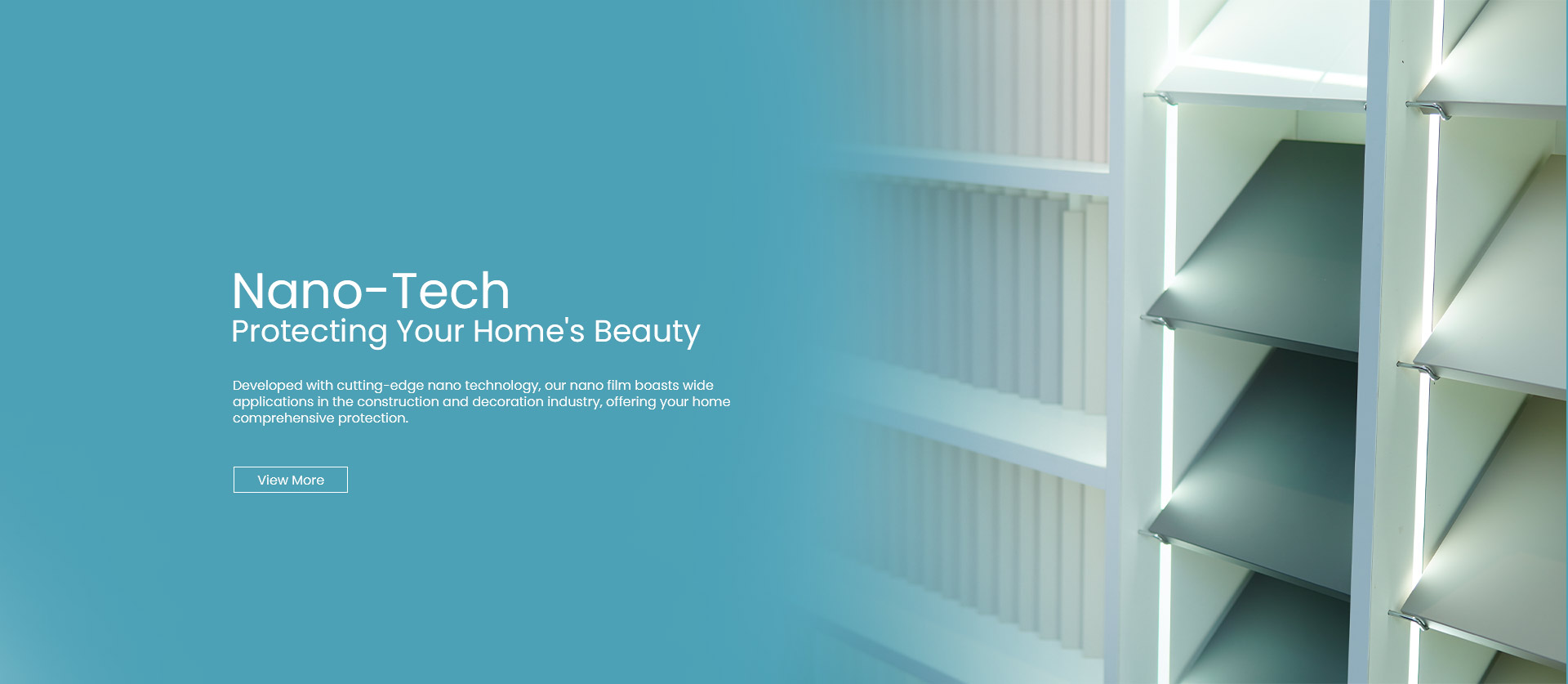Is there a current market for Nami-film applications?
In the realm of architectural design, the surface decoration of building materials plays a pivotal role in shaping the aesthetics, durability, and overall appeal of commercial spaces. A burgeoning trend within this landscape is the increasing adoption of nanofilm applications. This article explores the current market dynamics surrounding the use of nanofilms in surface decoration for building materials, shedding light on the factors driving this trend.
Market Trends and Drivers:
1. Demand for Enhanced Durability: In an era where longevity and resilience are paramount, there is a growing demand for building materials that can withstand the rigors of daily use. nanofilms, with their ability to enhance the durability of surfaces and protect against wear and tear, have become a sought-after solution for architects and designers.
2. Aesthetic Innovation: The market is witnessing a surge in demand for visually striking and innovative surface finishes. nanofilms offer architects and designers a versatile tool to create customized visual effects, holographic finishes, and dynamic color-changing properties, meeting the evolving aesthetic preferences in the commercial space design sector.
3. Sustainability Concerns: As sustainability becomes a central focus in the construction industry, nanofilm applications align with this trend by contributing to the longevity of building materials, thereby reducing the need for frequent replacements and minimizing environmental impact.
4. Functional Advancements: Nanofilms are capable of imparting functional properties to surfaces, such as anti-glare, anti-reflective, hydrophobic, and oleophobic characteristics. These features cater to the specific needs of commercial spaces, such as offices, retail environments, and hospitality sectors, where both aesthetics and functionality are crucial.
5. Versatility Across Substrates: The market for nanofilm applications is expanding due to the technology's compatibility with various substrates commonly used in construction, including glass, metal, plastic, and composites. This versatility enables manufacturers to offer a wide range of surface decoration options for different architectural requirements.
Challenges and Opportunities:
While the market for nanofilm applications in surface decoration is flourishing, challenges such as cost considerations, technological limitations, and the need for standardized testing and certification processes persist. However, these challenges also present opportunities for research and development, collaboration, and innovation within the industry.
Future Outlook:
The future of nanofilm applications in surface decoration appears promising, with continuous advancements in nanotechnology, increased awareness of sustainable building practices, and a growing emphasis on creating visually captivating and functional commercial spaces. As the market evolves, manufacturers, architects, and designers will play key roles in shaping the trajectory of nanofilm applications in the surface decoration of building materials, ensuring they remain at the forefront of architectural innovation.
In conclusion, the current market for nanofilm applications in surface decoration is witnessing significant growth, driven by a confluence of factors ranging from aesthetic preferences to sustainability considerations. As the industry continues to embrace technological advancements, nanofilms are poised to play a crucial role in shaping the future of commercial space design.


